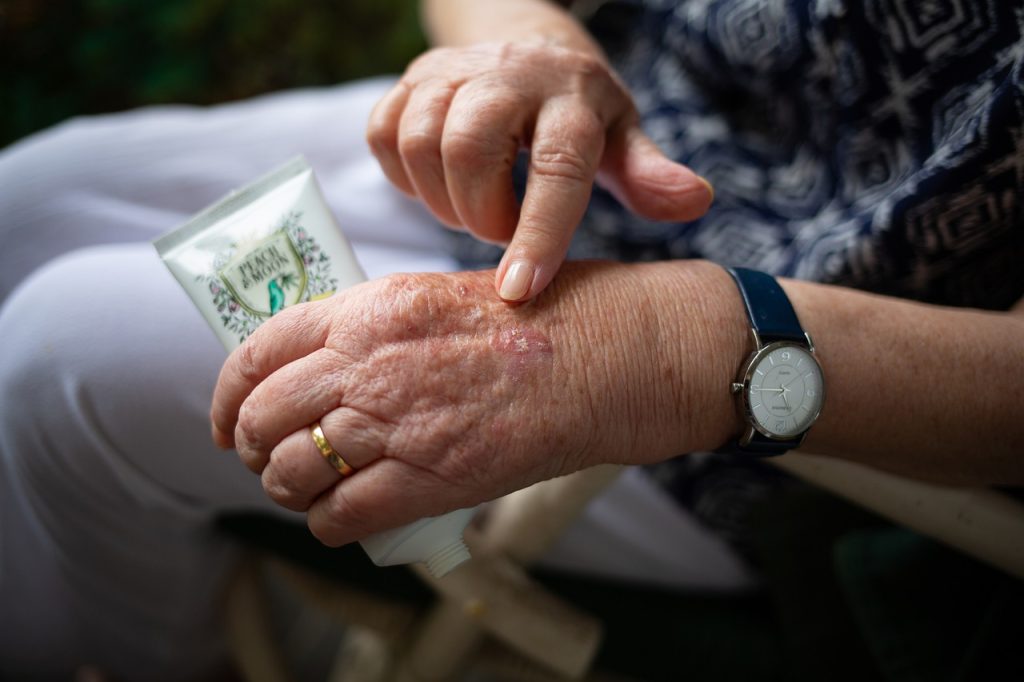New AIRD Therapies Could Cut Side-effects

New therapies for autoimmune rheumatic diseases (AIRDs) that are designed to better regulate lipid metabolism could significantly reduce the harmful side-effects caused by conventional treatments, researchers found in a new large-scale review.
AIRDs include rheumatoid arthritis, lupus and Sjögren’s syndrome – conditions which affect millions and all with high rates of morbidity. The pathogenesis of autoimmune conditions is still ill-defined and delivering targeted therapeutic strategies is challenging.
As a result, current treatments for AIRDs are primarily designed to suppress the symptoms (inflammation), but are ‘low target’, ie may also have unintended side-effects. In this regard, AIRDs drugs often cause changes to cell metabolism (such as lipid metabolism) and function, putting patients at greater risk of co-morbidities such as cardiovascular disease (CVD).
Lead author Dr George Robinson (Centre for Rheumatology Research, UCL Division of Medicine) said: “While the mechanisms that cause rheumatic diseases are ill-defined, some recent research indicates cell metabolism may play an important role in triggering or worsening their onset or affect.
“In this review we therefore sought to understand the effect of both conventional and emerging therapies on lipid metabolism in patients with AIRDs.”
For the study, published in the Journal of Clinical Investigation, researchers reviewed more than 200 studies to assess and interpret what is known regarding the on-target/off-target adverse effects and mechanisms of action of current AIRD therapies on lipid metabolism, immune cell function and CVD risk.
Explaining the findings, Dr Robinson said: “Our review found that current AIRD therapies can both improve or worsen lipid metabolism, and either of these changes could cause inflammation and increased CVD risk.
“Many conventional drugs also require cell metabolism for their conversion into therapeutically beneficial products; however drug metabolism often involves the additional formation of toxic by-products, and rates of drug metabolism can be different between patients.”
The review noted that optimal combinations of immunosuppressive treatments to better control inflammation could lead to an improved metabolic/lipid profile in AIRDs.
However, many studies also showed that lipid lowering drugs such as statins do not sufficiently lower CVD risk in some AIRDs, possibly because they cannot completely restore the anti-inflammatory properties
Dr Robinson added: “The unfavourable off-target adverse effects of current therapies used to treat AIRDs provides an opportunity for optimal combination co-therapies targeting lipid metabolism that could reduce immune complications and potential increased CVD risk in patients.
“New therapeutic technologies and research have also highlighted alternative metabolic pathways that can be more specifically targeted to reduce inflammation but also to prevent undesirable off-target metabolic consequences of conventional anti-inflammatory therapies.”
Source: University College London





